I’ll just leave this here.
Video by SG Collins/Postwar Media H/T to Gizmodo.

Space and astronomy news
I’ll just leave this here.
Video by SG Collins/Postwar Media H/T to Gizmodo.

Justin Maki, the Engineering Camera Team Lead for the Mars Science Laboratory provides the latest Curiosity Rover Report from JPL and talks about how the rover has found calcium deposits on Mars similar to those seen on Earth when water circulates in cracks and rock fractures.
The set of images below shows the similarity of sulfate-rich veins seen on Curiosity rover to sulfate-rich veins seen on Earth. The view on the left is a mosaic of two shots from the remote micro-imager on Curiosity’s Chemistry and Camera (ChemCam) instrument on Dec. 14, 2012, or the 126th sol, or Martian day, of operations. They show a view of “Sheepbed” rock in the “Yellowknife Bay” area of Mars. The sulfate-rich veins are the light-colored veins about 1 to 5 millimeters (0.04 to 0.2 inches) wide.
The image on the right is from the Egyptian desert on Earth. A pocket knife is shown for scale. (image courtesy of Pierre Thomas).
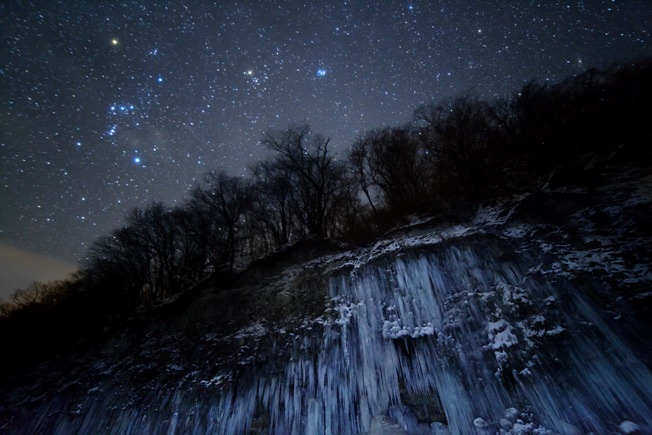
It’s back! The 2013 Astronomy Photographer of the Year competition is now open and accepting submissions. This is the fifth year of the competition, which is is run by the Royal Observatory Greenwich in association with Sky at Night Magazine. Every year it produces some of the most beautiful and spectacular visions of the cosmos, whether they are striking pictures of vast galaxies millions of light years away, or dramatic images of the night sky taken much closer to home.
“Every year brings something new to see in the sky and the arrival in March of the predicted Comet C/2011 PANSTARRS will hopefully inspire some memorable pictures in this year’s competition,” said Dr. Marek Kukula, Public Astronomer at the ROG and judge in the competition. “It will be great to see even more entries from talented young photographers and newcomers to astrophotography who prove year after year that all you need to do is pick up a camera.”
Entries to the competition must be submitted by June 13, 2013. There are some great prizes, too. The overall winner will receive £1,500. Category winners will receive £500. There are also prizes for runners-up (£250) and highly commended (£125) entries. The Special Prize winners will receive £350, with an £125 prize for the People and Space Special Prize runner-up. All of the winning entries will receive a one year subscription to Sky at Night Magazine.
Astronomy Photographer of the Year 2013 has four main categories:
Earth and Space – Photographs that include landscape, people and other earth-related things alongside an astronomical subject ranging from the stars, the Moon or near-Earth phenomena such as the aurora.
Our Solar System – Imagery which captures the Sun and its family of planets, moons, asteroids and comets.
Deep Space – Pictures that capture anything beyond the Solar System, including stars, nebulae and galaxies.
Young Astronomy Photographer of the Year – Pictures taken by budding astronomers under the age of 16 years old.
There are also three special prizes: People and Space recognizes the best photo featuring people in the shot; Best Newcomer is awarded to the best photo by an amateur astrophotographer who has taken up the hobby in the last year and who has not entered an image into the competition before; and Robotic Scope, is awarded for the best photo taken using one of the increasing number of computer-controlled telescopes at prime observing sites around the world which can be accessed over the internet by members of the public.
The winning images will be showcased in the annual free exhibition at the Royal Observatory Greenwich from September 19, 2013 to February 23, 2014.
Find more info and enter online by visiting www.rmg.co.uk/astrophoto . Each entrant may submit up to five images to the competition.
To view the entries submitted so far, visit www.flickr.com/groups/astrophoto
So get out there with your camera! And good luck!
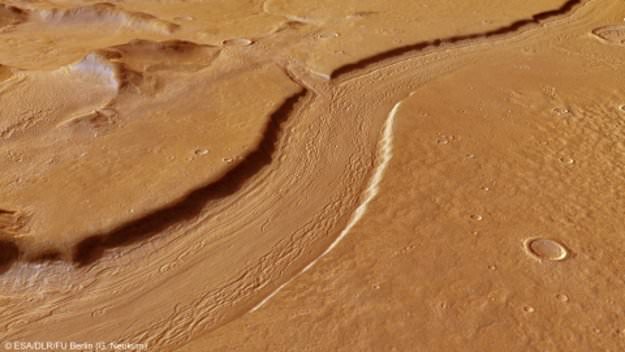
The Mars Express has long been taking pictures of what appears to be an ancient riverbed on Mars. In fact, Reull Vallis was one of the first objects on the Red Planet that Mars Express ever imaged back in 2004 when the spacecraft arrived in orbit. The latest images show the sinuous river-like feature that stretches for nearly 1,500 km across the Martian landscape. This winding depression is 6-10 km wide, and its depth varies from 100-600 meters. In comparison, the Amazon River on Earth is about 6,500 km long and 11 km wide in places.
So, is this really an ancient river?
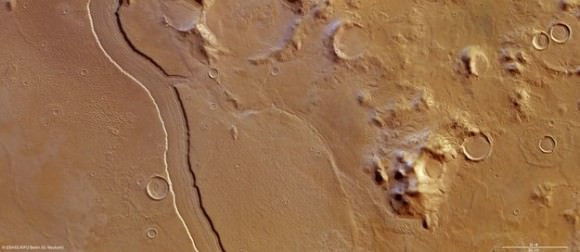
Planetary scientists seem to be fairly unanimous that, from orbit, this appears to be a riverbed. There is a system of tributaries and side channels that all appear to flow into the huge Hellas Basin.
There are various theories as to how it may have formed, however. Some scientists say that this feature may have been created quickly in a sudden deluge or runoff event, as the entire system look like stream beds cut by sudden runoff in desert regions on the Earth.
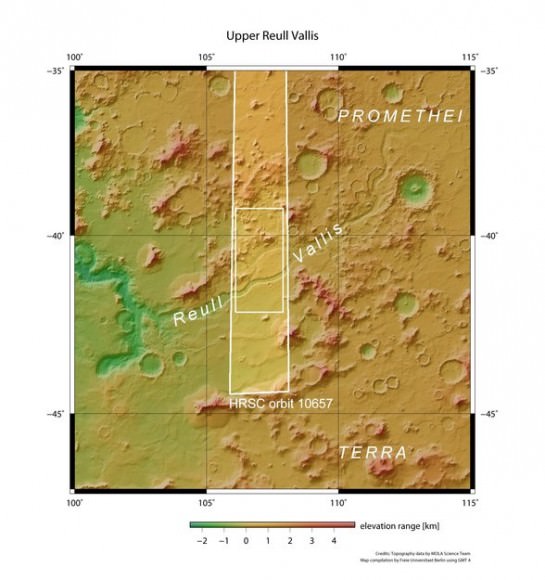
Others suggest this system consists of parts that were formed during several phases rather than being a single continuous channel, and likely had independent formation phases and different sources of water. For example, numerous crescent-shaped features could be older craters distorted by water flow.
There is also evidence of deposits of volatiles in the walls of the channel that could be ice.
In the wider context image above, the tributary intersecting the main channel appears to be part of a forking of the main valley into two distinct branches further upstream before merging back into a single main valley.
The right (northern) part of the main image is dominated by the Promethei Terra Highlands with their high and soft-rounded mountains shown in these images, rising around 2500 m above the surrounding flat plains.
The perspective view below shows one of these mountains with nearby sediment-filled impact craters:
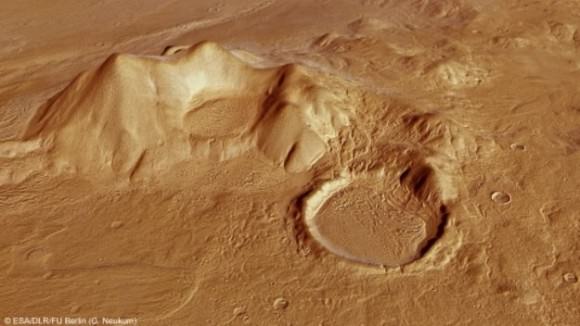 >
>What about lava flow? Could this be a giant lava flow or tube that has collapsed? Astronomers say that lava and glacial erosion would have produced very different channels.
And so it appears Reull Vallis provides evidence of past water on Mars. And if so, it means that the planet’s climate has changed dramatically since these features were formed between 3.5 billion and 1.8 billion years ago.
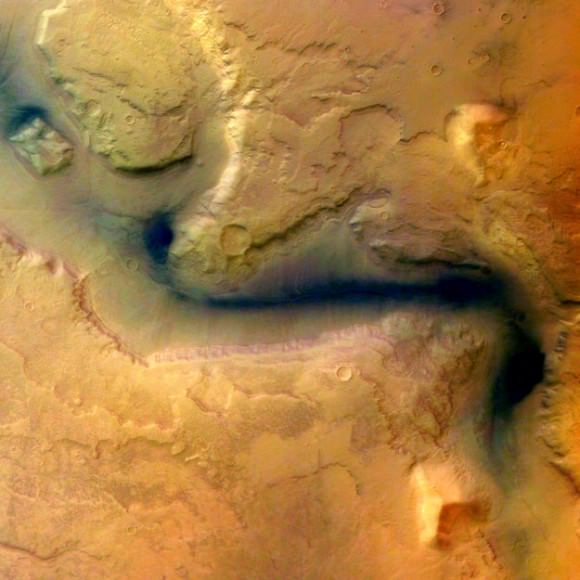
Sources: ESA Science paper from 1997 by Scott Mest and David Crown, University of Pittsburgh, Paper by Kostama, et al, 2007, ESA 2004.
[/caption]
You’ve probably heard of — and likely have even seen — a Sundog, the atmospheric phenomenon that creates rainbow-colored blobs or arcs of light on either side of the Sun. But did you know the Moon can have ‘dogs’ too? Also known as mock moons, false moons, or the scientific name of paraselenae, Moondogs aren’t seen as often as Sundogs. However, the conditions needed to create either of the ‘dogs’ are about the same. This great image of a Moondog, above, by Jeff Schultz is a perfect example of the kind of night you might see this gorgeous phenomenon.
What are the secrets to how Moondogs are produced?
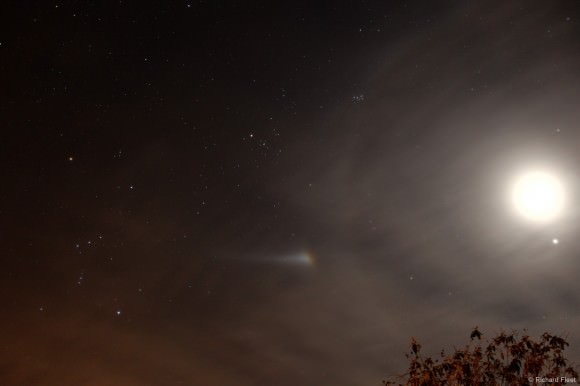
Moondogs are seen most often in the winter when ice crystals may be present in the atmosphere. But they can appear anytime of the year when hexagon-shaped ice crystals might be high in the sky, or also when thin cirrus or cirrostratus clouds are just right. What happens is that the ice crystals or clouds refract the moonlight, creating blobs or arcs of light to the left and right of the Moon, or sometimes just on one side.
Also, the Moon usually needs to be full or nearly full, along with being low in the sky for the effect to be produced. The angular separation of the light blobs from the Moon is usually 22 degrees.
Sometimes, a full halo of light around the Moon will also appear in conjunction with the Moondogs; other times smaller arcs of light will be part of the effect, but often Moondogs appear without any other effects.
Moondogs can appear colorful like a Sundog or ‘shine’ with a light similar to the Moon.
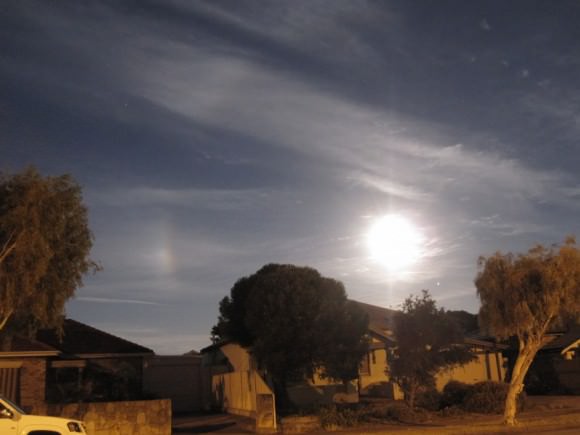
Moondogs are seen in both hemispheres, as this image from Ian Musgrave in Australia attests, but it seems that the effect is seen most often the farther north you are in the northern hemisphere and the farther south you are in the southern hemisphere.
You never know exactly when you might be lucky enough to see a Moondog, so we recommend looking at the Moon every night! Also, don’t forget to wink at the Moon, too.
For more detailed information and images of Moondogs, Sundogs and other optical effects, Richard Fleet (the photographer who captured the second image in this article) has a great website: “Glows, Bows and Haloes.”
We’ve done a major update to our Phases of the Moon app for iPhone/iPad and Android, finally fulfilling the most requested feature: a Lunar Atlas.
You can now pinch-zoom the Moon and two-finger pan it around. As you zoom the Moon beyond a certain size, labels for lunar features will appear, like major craters, Apollo landing sites and lunar seas (mare). As you zoom in more, smaller features become visible. Now that we’ve figured out how to actually implement this functionality, we’ll keep improving it, to make Phases of the Moon a really handy tool for stargazing, especially when you’re using a telescope.
There are lots of other features we’ve recently added including: total lunar eclipses, Live Wallpaper and Widgets (for Android), social sharing, and more.
You can download the iPhone/iPad version here.
Or you can access the Android version here.
Either app costs only $.99 and helps support the costs of Universe Today.
P.S. If you’ve already got either app, please take a second and give us a review on iTunes or Google Play. Every little bit helps.
In the ultimate example of science imitating art, engineers working with NASA’s Lunar Reconnaissance Orbiter recently beamed an image of the Mona Lisa to the LRO and back via laser beam in order to measure the rate of transmission between the spacecraft and Earth. This allowed them to then calibrate their software to correct for any discrepancies between the image sent and the one received, resulting in a picture-perfect result.
Leonardo would definitely have approved.
From NASA’s Goddard Space Flight Center:
As part of the first demonstration of laser communication with a satellite at the moon, scientists with NASA’s Lunar Reconnaissance Orbiter (LRO) beamed an image of the Mona Lisa to the spacecraft from Earth.
The iconic image traveled nearly 240,000 miles in digital form from the Next Generation Satellite Laser Ranging (NGSLR) Station at NASA’s Goddard Space Flight Center in Greenbelt, MD, to the Lunar Orbiter Laser Altimeter (LOLA) instrument on the spacecraft. By transmitting the image piggyback on laser pulses that are routinely sent to track LOLA’s position, the team achieved simultaneous laser communication and tracking.
“This test, and the data obtained from it, sets the stage for future high data-rate laser communications demonstrations that will be an essential feature of NASA’s next Moon mission: the Lunar Atmosphere and Dust Environment Explorer.“
Video: NASA/GSFC
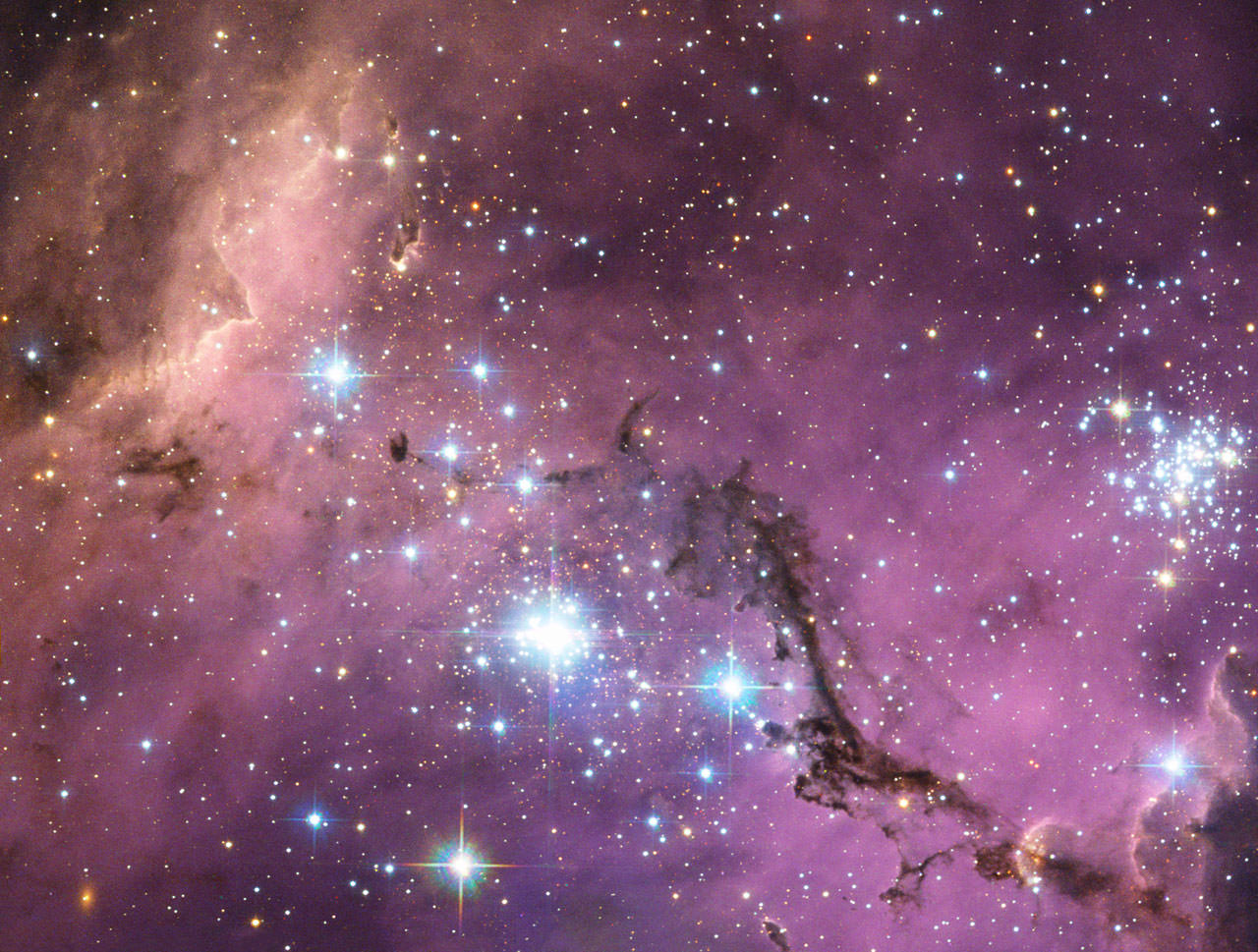
Hubble view of star formation region N11 from the NASA/ESA Hubble Space Telescope. Image credit: NASA/ESA Hubble. Zoom by John Williams/TerraZoom using Zoomify.
New computer wallpaper alert. Light from the Large Magellanic Cloud takes nearly 200,000 years to travel to Earth. And it’s worth the wait.
Behold LHA 120-N 11, or just simply N11, in this image from the NASA/ESA Hubble Space Telescope.
Continue reading “Region in LMC Ablaze with Light and Color”
I’ve been waiting for this! We’ve featured previous timelapse videos by Dustin Farrell, and here is part three of his “Landscapes” video series showing stunning views of Earth and sky. This is really gorgeous. Watching in HD with a big screen is recommended.
On Vimeo, Dustin writes that this is the final volume in this series, at least for a while. “I hope you have enjoyed my work on this series over the last three years,” he wrote. “It has been an amazing ride full of amazing experiences. I plan to continue shooting landscapes timelapses but putting together videos of this magnitude will be difficult to continue on a regular basis.”
Sounds like maybe he’s moving on to bigger and better things, and he’s also got a new website where his new work will be showcased.
Continue reading “Stunning Timelapse of Earth and Sky — Volume 3”
The Orion spacecraft has gotten a new look for its first launch atop the inaugural flight of NASA’s Space Launch System (SLS) booster on the Exploration Mission-1 flight around the Moon in 2017 as seen in this new animation.
The vehicles service module will be built by the European Space Agency (ESA), as a result of a new bilateral agreement between NASA and ESA. Orion is designed to carry humans back to the Moon and to deep space destinations like Asteroids and Mars.
The service module will fuel and propel the capsule on its uncrewed journey to the Moon and back on EM-1 in 2017.
Read my follow-up report for details about the new NASA/ESA agreement. See my earlier story here, about preparations for the first Orion launch in September 2014 on the upcoming Exploration Flight Test-1 in 2014 atop a Delta IV Heavy. An unmanned Orion will fly on a two orbit test flight to an altitude of 3,600 miles above Earth’s surface, farther than a human spacecraft has gone in 40 years, and then plunge back to Earth to test the spacecrafts systems and heat shield.
NASA is also simultaneously fostering the development of commercial ‘space taxis’ to fly astronauts to the International Space Station (ISS) as part of a dual track approach to restore America’s human space launch capability. The 1st commercial crew vehicle might fly as early as 2015 – details here.
Image caption: Orion EFT-1 crew cabin construction ongoing at the Kennedy Space Center which is due to blastoff in September 2014 atop a Delta 4 Heavy rocket. Credit: Ken Kremer